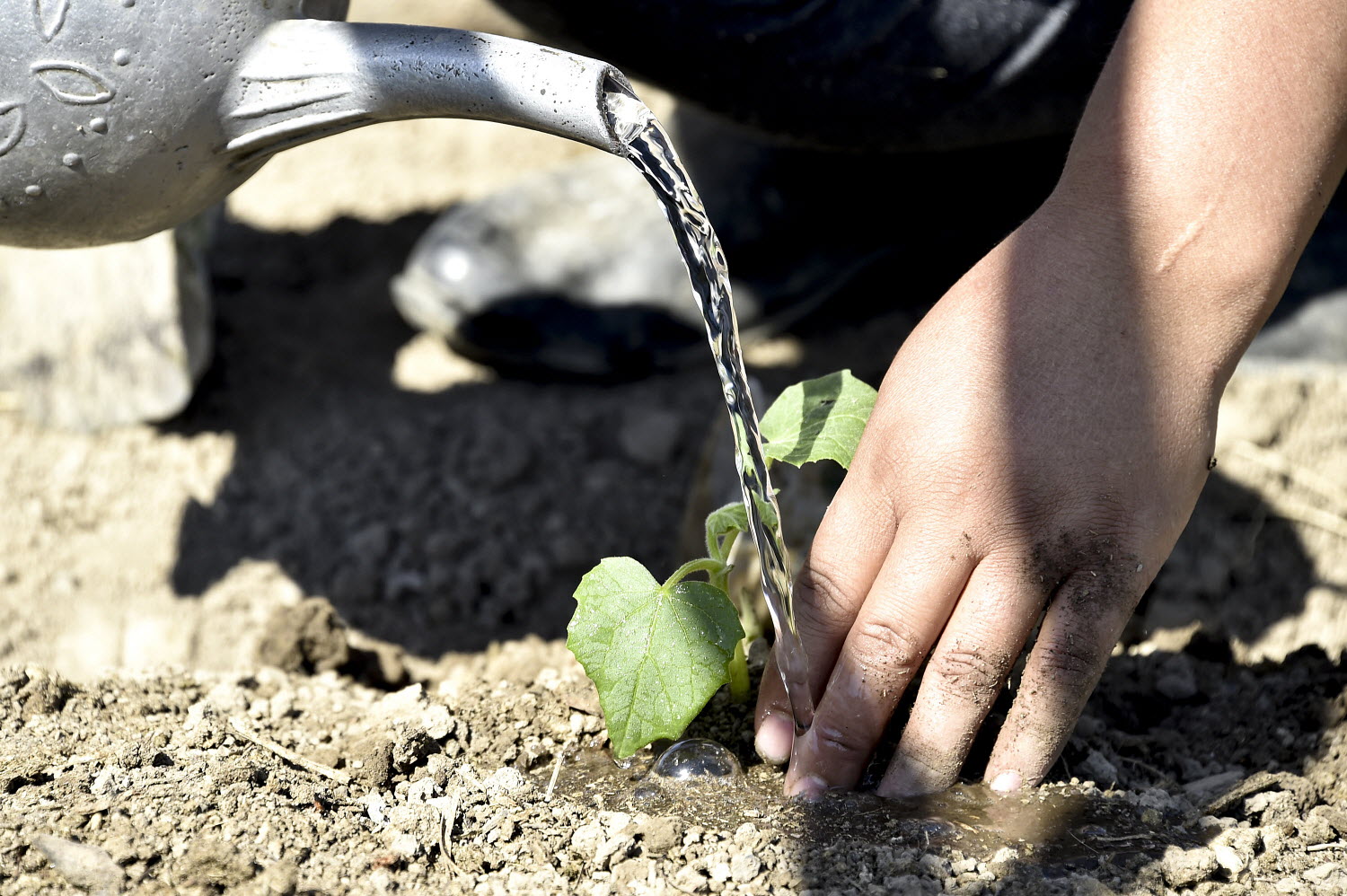Interactive regional training course on SDG 6.4 indicators (in Portuguese)
Hybrid Event, 21/06/2022 - 30/06/2022

FAO Integrated Monitoring Initiative for SDG 6 (IMI-SDG6), in collaboration with AQUASTAT and the Office of the Chief Statistician, organized a regional 2-week interactive online training course on SDG indicators 6.4.1 (Change in water use efficiency over time) and 6.4.2 (Level of water stress), from 21 to 30 June 2022.
The main target group of this online training were the AQUASTAT National Correspondents, their alternates, AMCOW Focal Points and IMI-SDG 6.4 Focal Points, where present or other water specialists involved in the monitoring of SDG 6.4 indicators as public officials, technical or scientific, according to the following profiles:
- Water monitoring or water management professionals working in a Ministry, government agency or relevant technical institution involved in the water resources monitoring process in the context of the SDG.
- Environmental statistics professionals working in the National Statistical Office or in a technical or scientific institution relevant to the monitoring of water resources and the evaluation of the respective indicators in the SDG framework.
Modules
- the SDG framework and its reporting process
- the methodologies for the computation of the indicators of the SDG target 6.4
- the SDG 6.4 indicators data requirement and the FAO monitoring system through AQUASTAT
- the main interpretative lines the indicators 6.4.1 and 6.4.2 offer
- the tools and services through which FAO supports countries in strengthening their technical and monitoring capacity and mechanisms
- the opportunities for further FAO support to countries in capacity development, including establishing synergies with existing projects and programs, as well as identifying new possibilities at regional and national level
Background
Around the word, people are experiencing water scarcity due to population growth, changing diets and climate change. This can lead to people not having enough water to feed crops and produce food, among others.
The 17 Sustainable Development Goals (SDGs) are our world’s best blueprint to achieve a better and more sustainable future for all. The issue of water scarcity is at its very core, and it’s highlighted in the SDG 6, that aims to “By 2030, substantially increase water-use efficiency across all sectors and ensure sustainable withdrawals and supply of freshwater to address water scarcity and substantially reduce the number of people suffering from water scarcity.”
FAO is the ‘custodian’ United Nations (UN) agency for 21 indicators, including 6.4.1 Change in water use efficiency over time and 6.4.2 Level of water stress: freshwater withdrawal as a proportion of available freshwater resources. In short, these two indicators assist the world in using water resources in more efficient and sustainable way. Only by collecting data, analysing and reporting data, can countries and organizations make sound policy and investment decisions to address water scarcity, and reduce the number of people suffering from it.
Contact
- FAO/IMI-SDG6: [email protected] or [email protected]
- FAO/AQUASTAT: [email protected]
